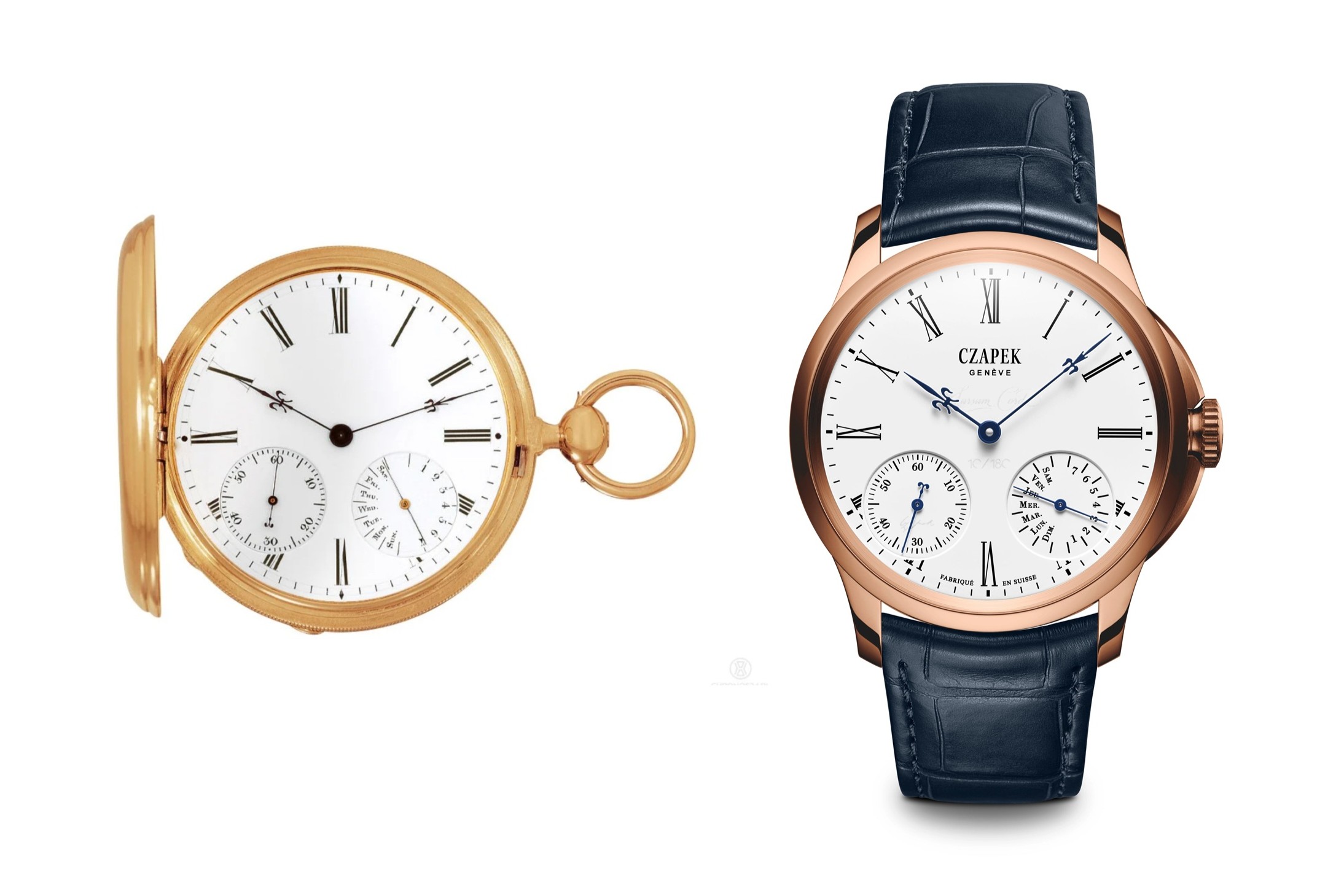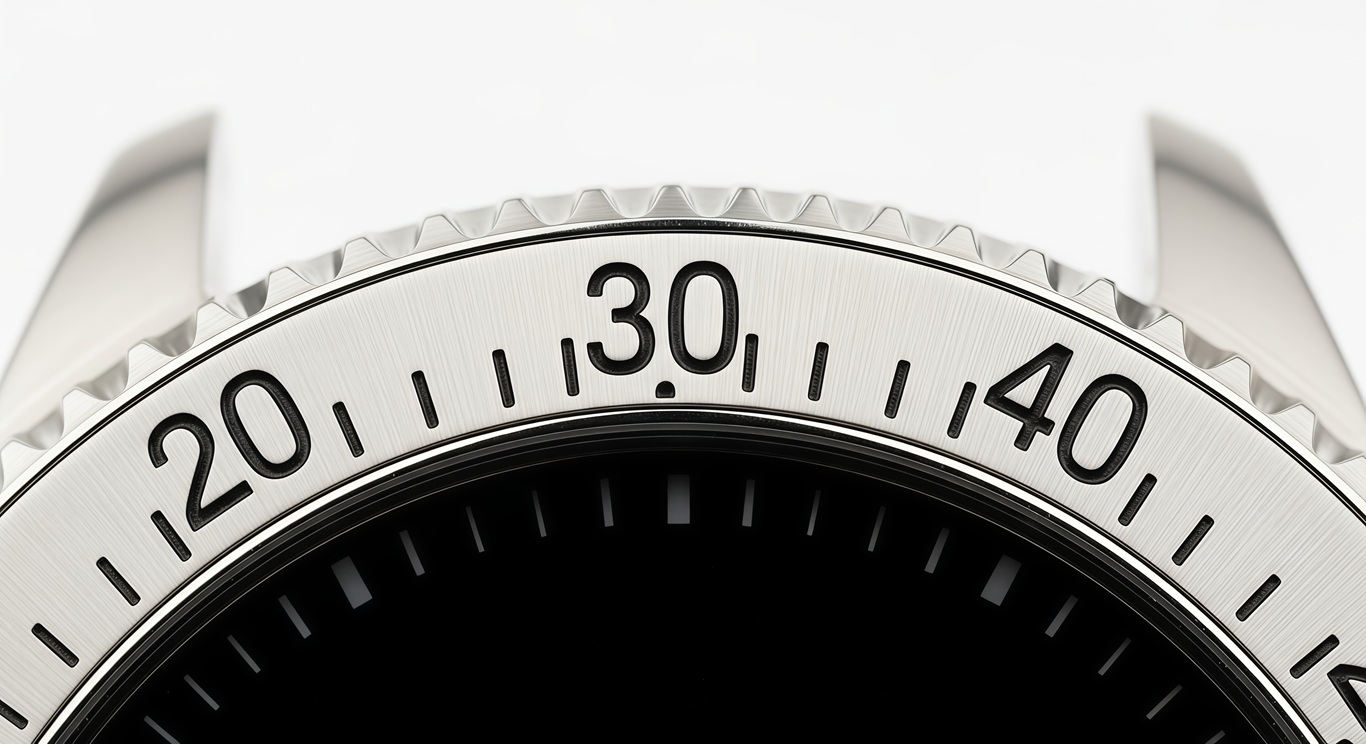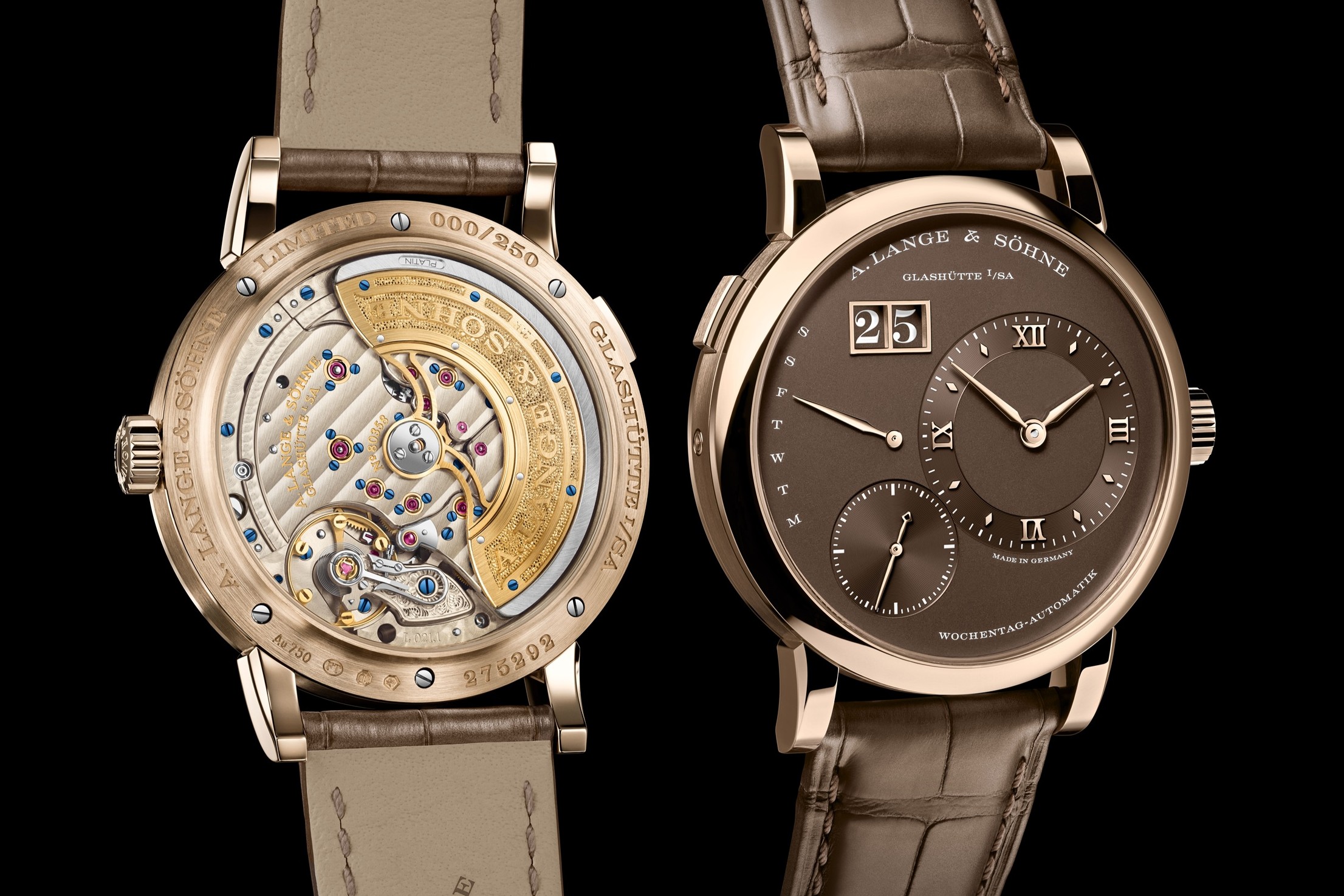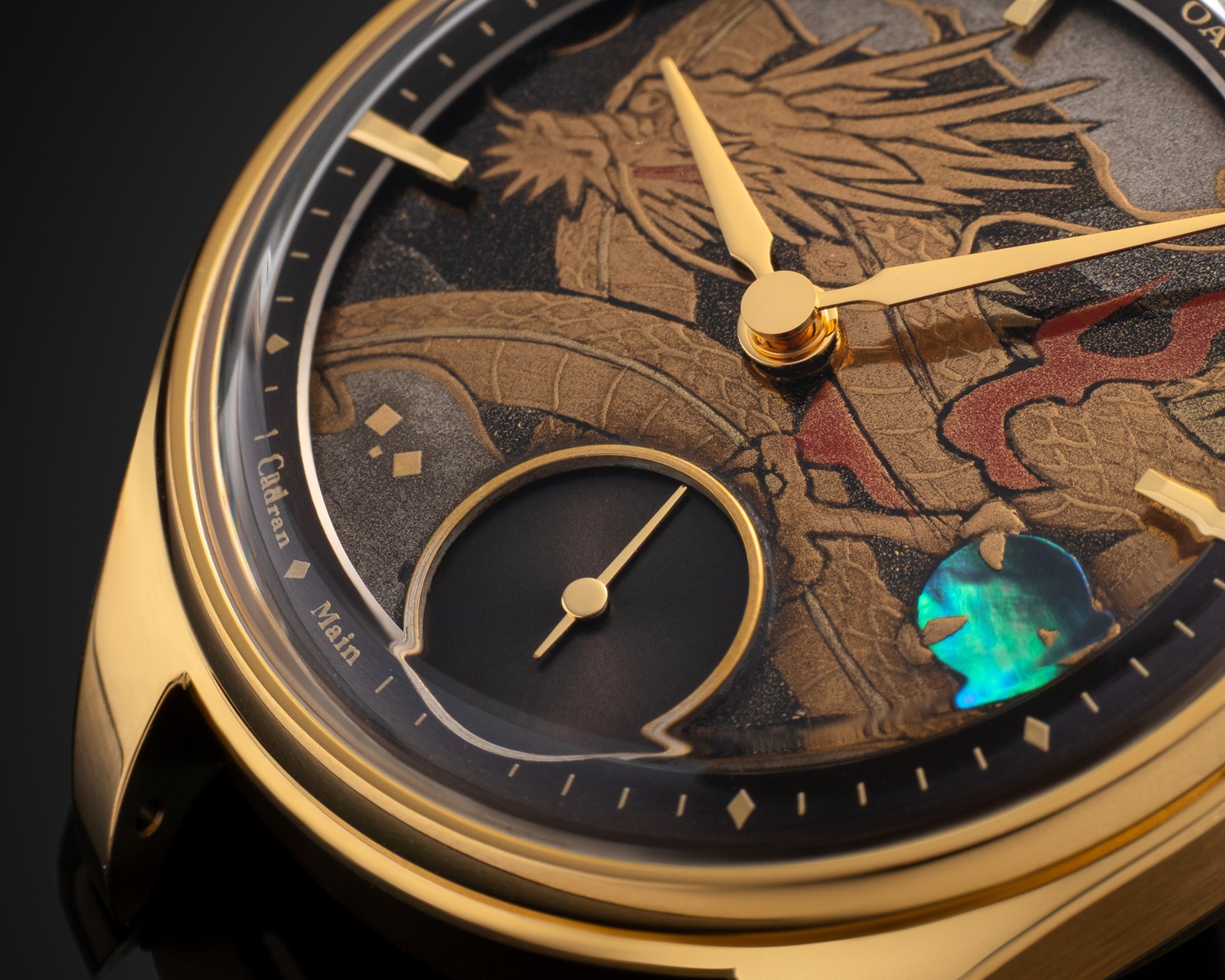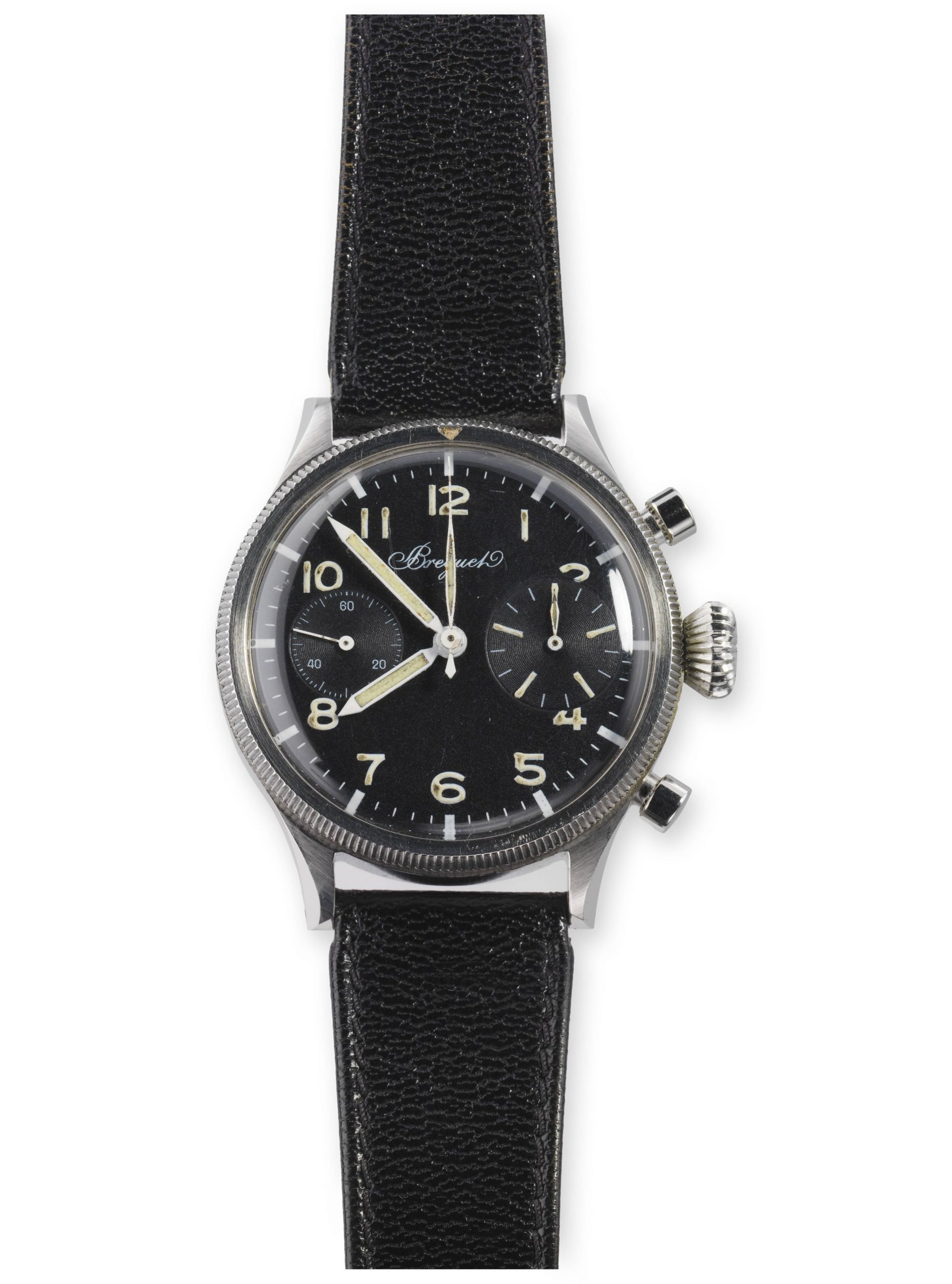
Throwback Thursday: Breguet Type XX

Every watch aficionado knows about the legendary Abraham-Louis Breguet, who invented the tourbillon, the Breguet spring, the gong spring and other
watchmaking mechanisms. Fewer are aware that Louis Breguet, the great-great-grandson of Abraham-Louis, achieved a world first of his own. Louis became caught up in the adventure of aeronautics in the early days of aircraft invention, and in 1906, created a gyroplane that became the world’s first helicopter to leave the ground with a pilot on board. In 1909, he built his first biplanes, in 1912 his first hydroplanes, and in 1915 his first bomber planes. The Breguet XIV bomber plane was widely used by the Allies in the First World War. Breguet aircraft accomplished some amazing feats over the years, such as the flight from Paris to Tokyo in 1924, the first South Atlantic crossing in 1928, and the first trip from Paris to New York in 1930.
Not surprisingly, the Breguet watch company took a special interest in aviation timepieces, creating chronographs with counters and tachometers, which it sold to the American Air Force in 1918, as well as to the Louis Breguet Aviation Company. The watches were worn by pilots or screwed to aircraft instrument panels. Breguet developed the TYPE XI and TYPE XII onboard watches that still equip airline companies today.
The Type XX was introduced in 1935. Produced in small numbers, it was officially approved by the Aeronautical technical authorities in 1950. From 1954 up to the 1970s, the French Air Force used the Type XX in its Flight Test Centre and for French Naval Aviation, issuing the watches to pilots in exceptional circumstances. Demand for the Type XX grew, and led to Breguet finally issuing it for civilians. The watches had all the qualities of the archetypal pilot’s watch, with luminescent hands and numerals, a graduated rotating bezel, large markings and a large, easy-grip crown.
 SIGN UP
SIGN UP



